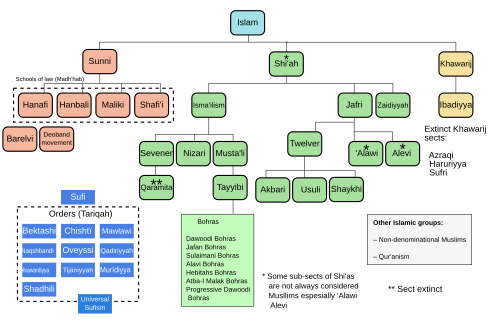Yesterday, we spent the entire time discussing the significance of Justice Scalia's passing; why it's a big deal. We talked about how Supreme Court Justices are nominated and confirmed. We talked about the split in the court, why democrats want President Obama to nominate, and why republicans want him to wait.
In this discussion, we framed it from the perspective of limited power. We've got 3 branches of government. Each of those branches limits the power of the other two. If the chief executive (President Obama) had total power, he wouldn't be a president any more. He would be a dictator. If the members of the Supreme Court had total power, we would not be a democracy any more. We would be an oligarchy.
Yesterday we watched 3 video clips. Today we watched one more. Here they are in their entirety.
In the CNN student news, we watched the portion dealing with the death of Justice Scalia.
Next, we watched President Obama's remarks on the passing of Scalia:
Finally, we watched a montage of some of the responses from others in leadership roles - and those hoping to attain those roles in the near future (we ended right before the former Speaker's response.)
As with everything in social studies, there's a lot to talk about here. It was certainly worth taking a break in order to discuss it, and no doubt, we'll follow the story. One of the main reasons we're talking about it in my class though, is to reinforce the idea of separation of power, and limited government.
Neither the President, nor the Supreme Court, nor Congress rule this country. Law rules this country.
Students may receive extra credit if they read and discuss this post with an adult. If they've done that, they need to write 3 complete sentences about their discussion. Have the adult they read the post with sign the paper. Turn it in tomorrow in the extra credit tray.


